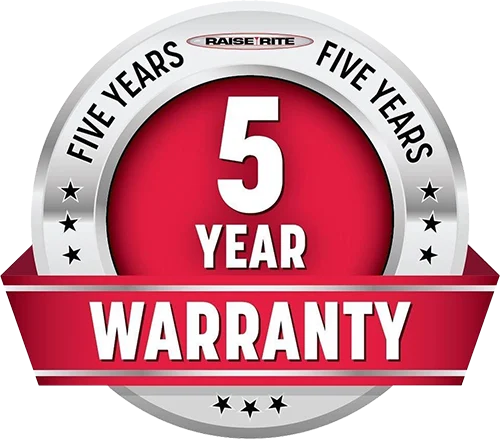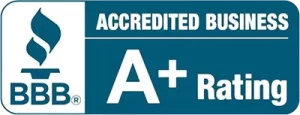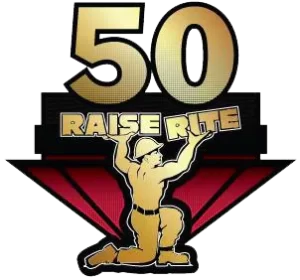Polyurethane Concrete Raising verses Traditional Mudjacking. How do these two methods match up? Which one is better? Will both processes survive the long term market test? Will one surpass the other in popularity?
Polyurethane concrete lifting is the newcomer to the arena. Although it has been a known solution for about 20 years, until recently, it was primarily used strictly for D.O.T. work to raise concrete streets and highway pavement. Now, this method has become available for residential applications.
Why is polyurethane different? Polyurethane concrete lifting offers fewer and smaller holes than mudjacking. It also offers a consistent material, specially formulated to raise concrete. This material is lightweight, and seconds after injection sets-up to a permanent foam consistency that will never loose density.
Mudjacking or slabjacking has been around for over 50 years. Local availability of material can be inconsistent. However, because this material is so inexpensive mudjacking can offer a less expensive repair option.
MY CONCLUSION – The old standby mudjacking will fit with customers who are looking for an inexpensive repair method. The newer polyurethane concrete raising process will fit a customer who is looking for a nearly invisible repair method. Both methods have a future and the winner will be the customer who now has options. In the end, there will always be plenty of concrete to lift and it will always be cheaper to raise it versus to replace it.
Ernie Cvetezar is the CEO and Founder of Raiserite-HMI. He is a nationally known expert in the concrete lifting industry with nearly 40 years experience contracting and manufacturing concrete lifting equipment.









